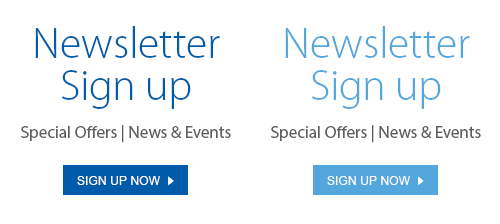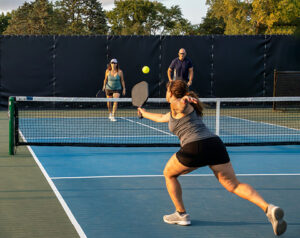 Strains and sprains are some of the most common injuries, especially after physical activity or accidents.
Strains and sprains are some of the most common injuries, especially after physical activity or accidents.
Muscles are attached to bones by tendons; ligaments connect bone to bone. A strain is an overstretched or torn muscle or tendon. A sprain involves damage to a ligament, usually in the ankle, wrist, or knee. Both types of injuries can cause pain, swelling, stiffness, and difficulty moving. While many cases of muscle strain or sprain are minor, knowing when to treat at home and when to seek help is key. Your pharmacist can assess the injury—and in many provinces, can prescribe medication when appropriate.
Something you can try at home for comfort is either ice or heat. Knowing when to use each is important to your recovery.
A common approach for treating strains and sprains is RICE therapy: rest, ice, compression, and elevation. This is most useful for the first 72 hours (3 days) after injury.
- R – Rest the injured area for the first 24 hours then gradually increase movement.
- I – Ice for up to 30 minutes, 3 to 4 times per day for the first 48 to 72 hours (2-3 days). Do not apply ice directly to the skin, wrap ice in a thin towel to prevent frostbite.
- C – Compression with an elastic bandage for the first 24 hours minimizes swelling. Make sure the bandage is not too tight and does not cut off circulation.
- E – Elevation above heart level to reduce fluid build up and swelling at the site.
Heat therapy can be useful after 48 hours (2 days). Apply a heating pad, or heat pack wrapped in a thin towel, to the area for 20 to 30 minutes every 2 to 4 hours, as needed. Do not combine with pain relieving gels or creams as it can injure the skin.
Q: I went kayaking all weekend and now I have sharp pain in my shoulder and lower back. I think I pulled a muscle. Can a pharmacist help?
A: Yes. This sounds like a common muscle strain, or pulled muscle, from overuse. Your pharmacist can assess the injury and, if appropriate, prescribe anti-inflammatory medications or recommend non-prescription medications. They may also recommend a topical pain relief gel, light movement exercises, and advice on when to switch from ice to heat.
Q: I twisted my ankle hiking yesterday—it’s swollen but I can still walk. Should I go to the walk-in clinic or start with my pharmacist?
A: Start with your pharmacist. It might save you a trip to the doctor or long waits at an urgent care center or emergency room. Your pharmacist can assess the severity of the sprain, recommend compression wraps, reusable ice packs, oral or topical treatments, and monitor your recovery. If needed, they may also prescribe anti-inflammatory medications. They may refer you to a doctor if needed for further assessment.
Q: I fell off my bike today and my wrist really hurts. It’s swollen and painful. Do I have to go sit in the emergency department at the hospital all day?
A: Maybe not. If you suspect it is broken, then yes, go to the hospital. However, if you are not sure stop at the pharmacy first. Your pharmacist can evaluate your injury for signs of a fracture, such as swelling, deformity, or difficulty moving the wrist. They’ll provide pain relief suggestions like ice packs, recommend supportive braces or wraps, and may prescribe medications or suggest non-prescription treatments for pain relief and swelling. If a break is suspected, they’ll recommend urgent medical care for further assessment and a possible x-ray.
Your pharmacist can provide:
- Assessment of your injury
- Pain relief: prescription or non-prescription treatments
- Compression wraps, braces, ice/heat packs
- Expert advice on recovery and when to seek further care
Injured? Start with your London Drugs pharmacist! Call ahead or drop-in to your local London Drugs for convenient, effective care and treatment.

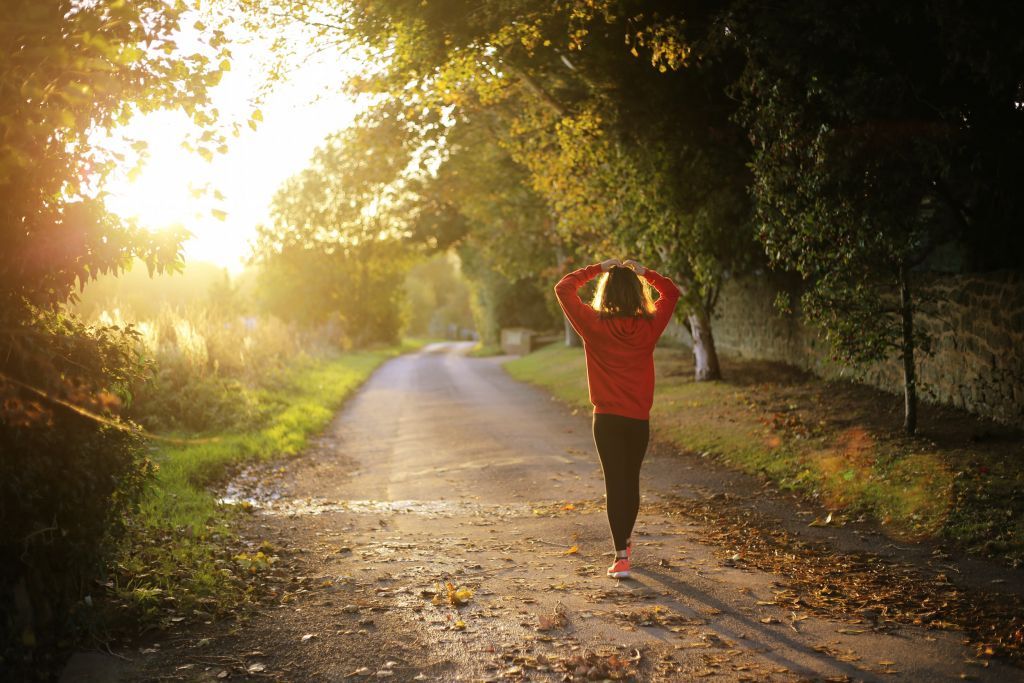
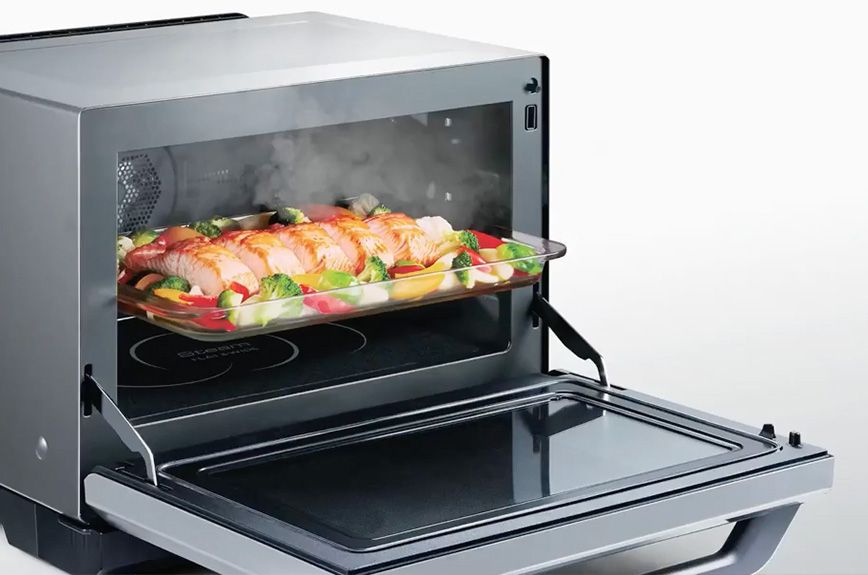
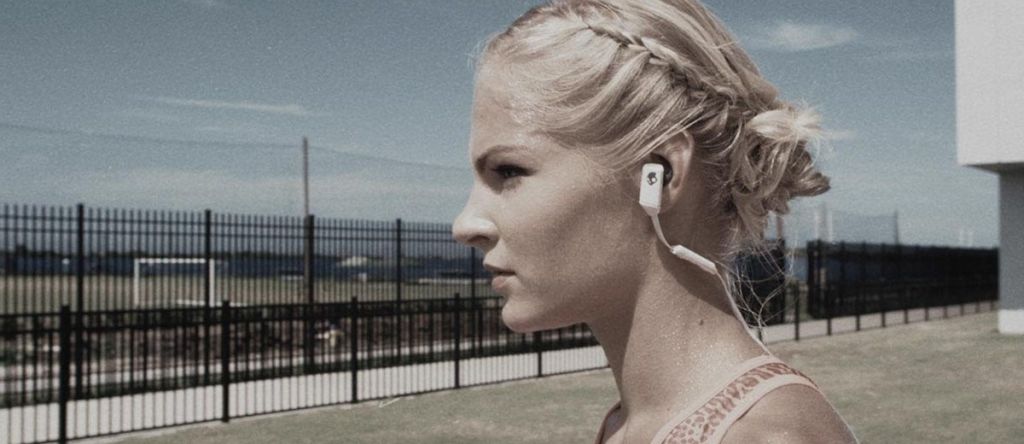
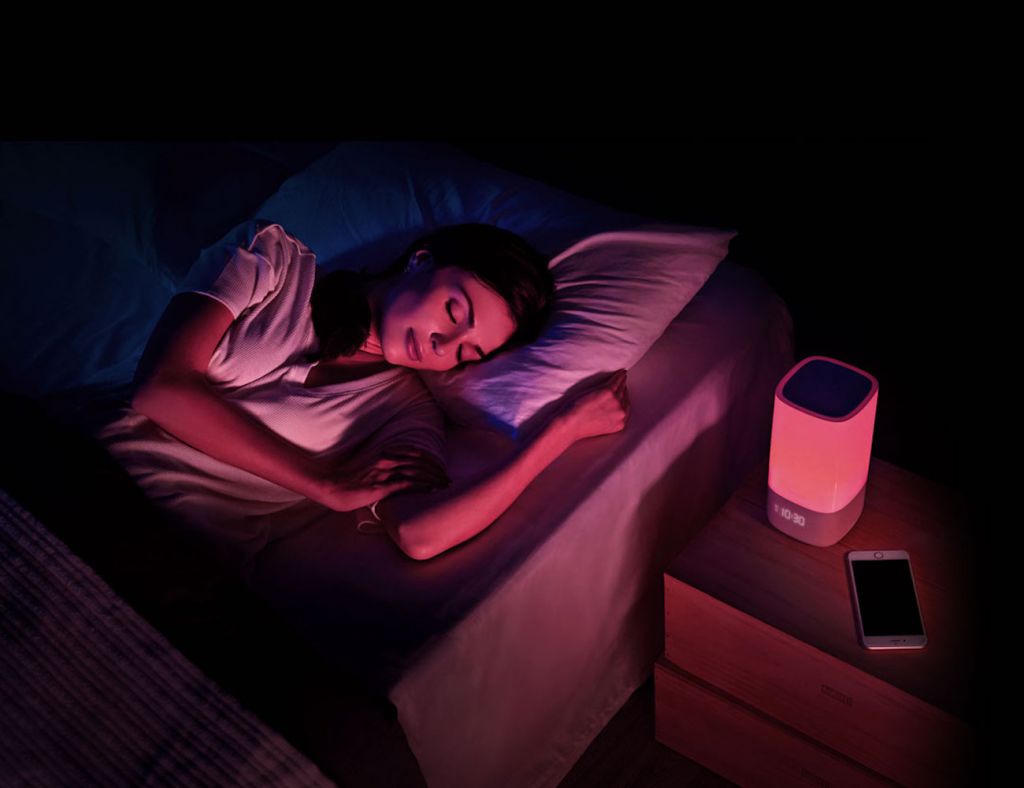
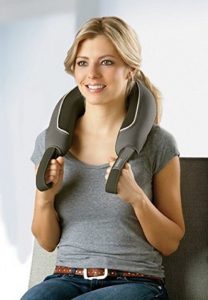

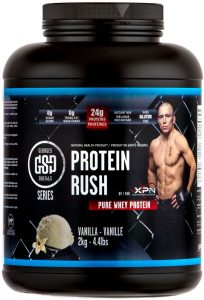 “Rush” will be there to promote his GSP Series supplement line, which will soon be available at London Drugs stores. Because it’s from GSP, a longtime proponent of clean athletic performance, you know it will be good.
“Rush” will be there to promote his GSP Series supplement line, which will soon be available at London Drugs stores. Because it’s from GSP, a longtime proponent of clean athletic performance, you know it will be good.
